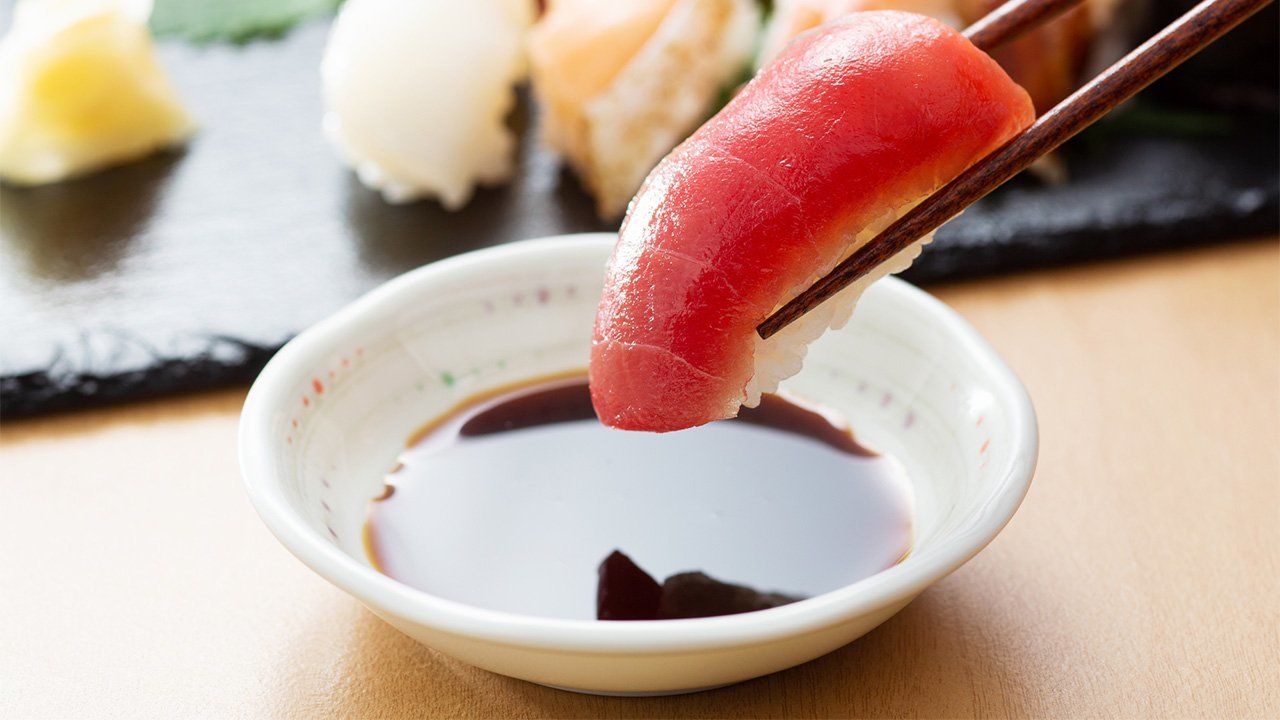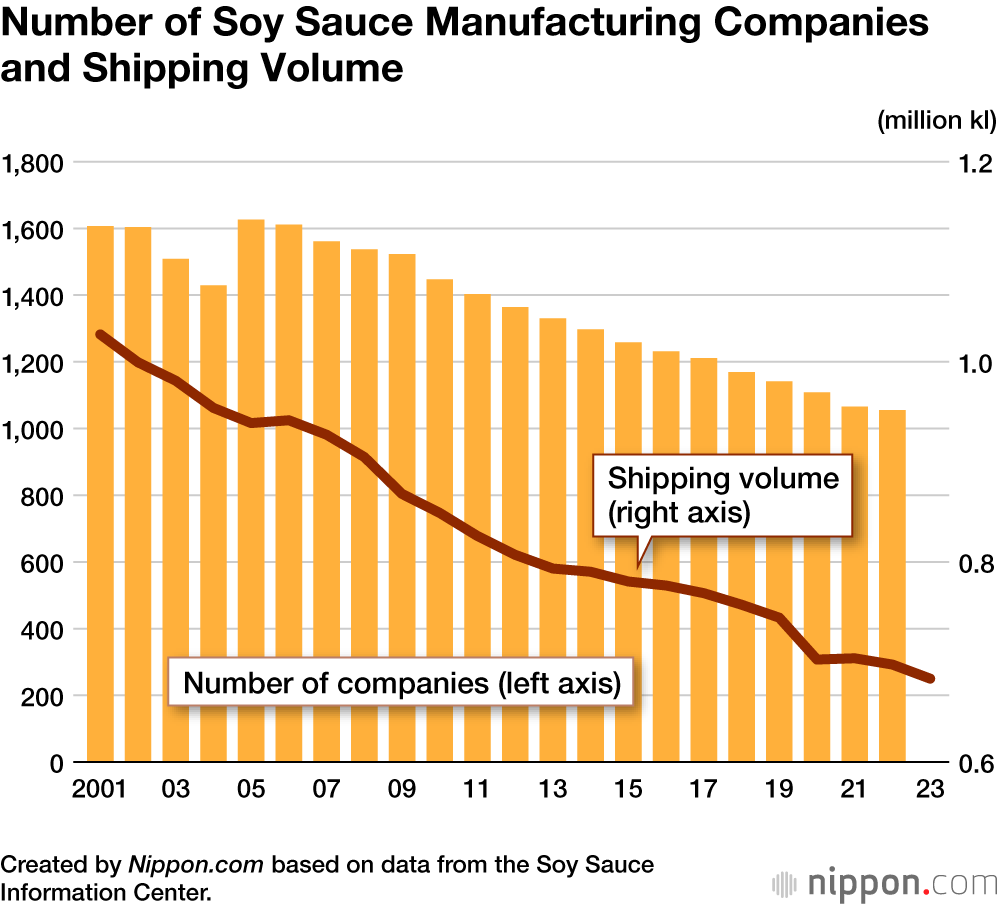
Japanese Soy Sauce Consumption Booming Overseas
Food and Drink Culture- English
- 日本語
- 简体字
- 繁體字
- Français
- Español
- العربية
- Русский
According to the Soy Sauce Information Center, established by the Japan Soy Sauce Association and others to promote the condiment, Japanese manufacturers produced 312,000 kiloliters of soy sauce at their overseas plants in 2022. Combined with an export volume of approximately 41,000 kiloliters, it meant overseas consumption of Japanese soy sauce accounted for 353,000 kiloliters. That is more than the 318,000 kiloliters carried by some of the largest oil tankers.
A decade earlier, in 2012, overseas consumption stood at 229,000 tons, and 10 years prior to that, in 2002, it was 160,000 tons. Over the last 10 years, global demand has increased by 50% and it has more than doubled over 20 years.
In 1973, Kikkoman, the largest company in the industry, built its first overseas soy sauce production plant in Wisconsin, the United States, and started shipping products from there. It now has 13 overseas production plants in the United States, China, Taiwan, Singapore, the Netherlands, Britain, Thailand, and Brazil.
Demand Falling within Japan
On the other hand, in 2023 Japan’s annual shipping volume of domestically produced soy sauce (including exports) was 683,340 kiloliters. Shipments reached 1.25 million kiloliters of soy sauce at the peak in 1979, but subsequently fell. There has been a 30% decline over the last 20 years alone.
The center suggests that among the reasons for the decrease, along with a decline in the population, westernization of home cooking, and people eating out more on a daily basis, “more widespread use of soy sauce-based condiments like tsuyu and tare sauces is also having a significant impact.”
While the number of companies producing soy sauce is falling year by year, there are still more than 1,000 breweries continuing to operate across Japan. Some are maintaining the use of traditional production methods and raw materials in order to create luxury varieties of soy sauce that can contribute toward expanding exports to restaurants in Europe.
(Translated from Japanese. Banner photo © Pixta.)

